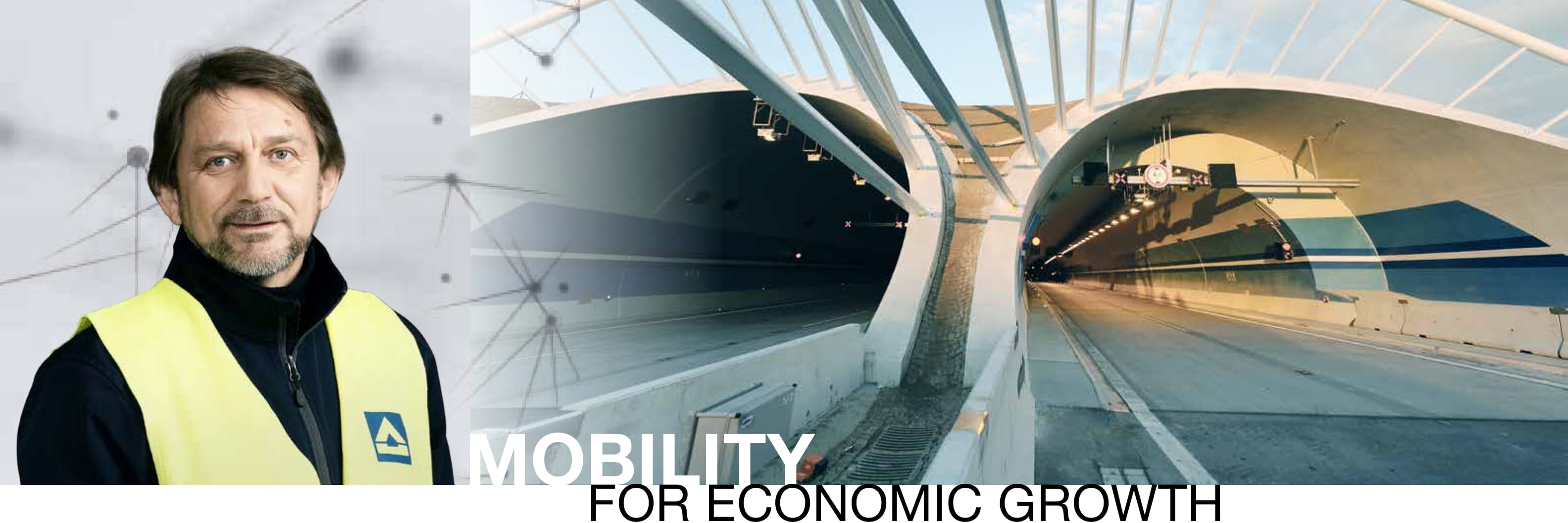First-rate hospital department under a heliport is to welcome new patients soon
After two years of construction works at the area of the oldest part of the central building of the hospital in Frýdek-Místek a new modern surgery department has risen. On Tuesday 3 August it was opened in a ceremony by the governor of the Moravian and Silesian Region in attendance of other prominent guests. Construction of the new department took two years and the total costs including medical technology reached nearly CZK 460 million. 85% have been paid from the EU resources; the rest has been paid from the budget of the Moravian and Silesian Region.
Originally, the surgery department should have been refurbished in 2007. During preparation of the refurbishment, however, during a technical survey of the load-bearing structures it was found out that the oldest hospital building was in disrepair. Operation of the building was immediately terminated and the outpatient departments, intensive care unit of the main surgical fields, central operating theatres and in-patient wards were moved to other rooms. Then, in 2010, the building was demolished and after preparation taking three more years construction of a new surgery department was started in May 2013.
“Today we are symbolically taking up the historic beginning of the hospital in Frýdek-Místek, for the new modern surgery department is situated at the place of the original surgery department, which was opened almost on the same day 80 years ago – on 1 August 1935,” the hospital director Tomáš Stejskal said. “I would like to wish the patients to enjoy the new facilities and to recover their health soon and to the doctors and other medical staff to feel good working here.”
The completed building was in the past weeks fitted out with medical technology, furnishings and IT technology. The departments of surgery and traumatology, orthopaedics and urology are now moving there. These will have five operating theatres, 10 outpatient wards and 107 beds available. Trial operation is to start soon. It is scheduled in such a way so as the first patients could start their treatment here at the end of October/beginning of November.
The building contractor was a joint venture of HOCHTIEF CZ a. s. and TRANSKONTAKT-MEDICAL s.r.o.
“Our team has completed a technically challenging building, which has become a dominant feature of the whole hospital grounds. Within a tight time schedule we have been able to build an excellent quality hospital department with a roof heliport for the air ambulance, which is formed of a circular reinforced concrete slab having 23 m in diameter,” Director of Division Building Moravia of HOCHTIEF CZ David Horák added.
The total construction costs including design documents, IT technology and furnishings amounted to nearly CZK 460 million; thereof CZK 125.5 million was the cost of the medical technology. Besides the building, the hospital now also has a newly reconstructed access footpath and paved area in front of the new building for CZK 7.1 million. Additional CZK 7.5 million have been invested in furniture and small-scale medical equipment. These costs were covered by the hospital authority, the Moravian and Silesian Region. The municipality of Frýdek-Místek contributed with CZK 1 million to the patient transfer system at the operating theatres, the total price of which was CZK 1.4 million.
- - - - - - - -
The building has a basement and five storeys; on the east wing roof, there is an air ambulance heliport, which is to be used for urgent patient transport, i.e. of those patients whose life is endangered and who require medical care of higher type departments or specialized centres.
The basement houses technical facilities, machine rooms for HVAC, electrical systems, distribution systems of medical gases and also a data centre, bed logistics complements and waste management.
From the hospital lobby on the first floor, it is possible to enter ten outpatient wards of surgery, orthopaedics, urology and anaesthesiology and critical care and the central urgent patient reception rooms. Operation of the urgent patient reception is connected with an in-patient ward of the intensive care unit and with the operating theatres with a dedicated lift.
The second floor houses a cross-departmental intensive care unit for the fields of surgery including the required facilities with 11 beds and three endoscopic theatres. In the central part, there are machine rooms for UPS and HVAC.
Five operating theatres on the third floor with top-notch equipment will be used by doctors from all fields of surgery. The central operating theatres are equipped with patient transfer systems for gentle and safe transfer of patients from beds to operating tables and back. The operating theatres are connected with a modern central sterilization department.
The fourth and the fifth floor are designated for in-patient departments. On the fourth floor, there is department of surgery and traumatology with a capacity of 56 beds subdivided to the surgical in-patient ward and traumatological in-patient ward. On the fifth floor, separate in-patient wards of urology with 19 beds and of orthopaedics with 21 beds are situated.
The building has a monolithic reinforced concrete frame; external walls are of ceramic blocks with thermal insulation. There are six types of roofs: for instance, a bitumen membrane roofing, locally with a layer of pebbles, trafficable area of large-size tiles or a green roof.
The new building is connected with the adjacent building E by wheelchair ramps and with building T with an above-ground connecting corridor.
